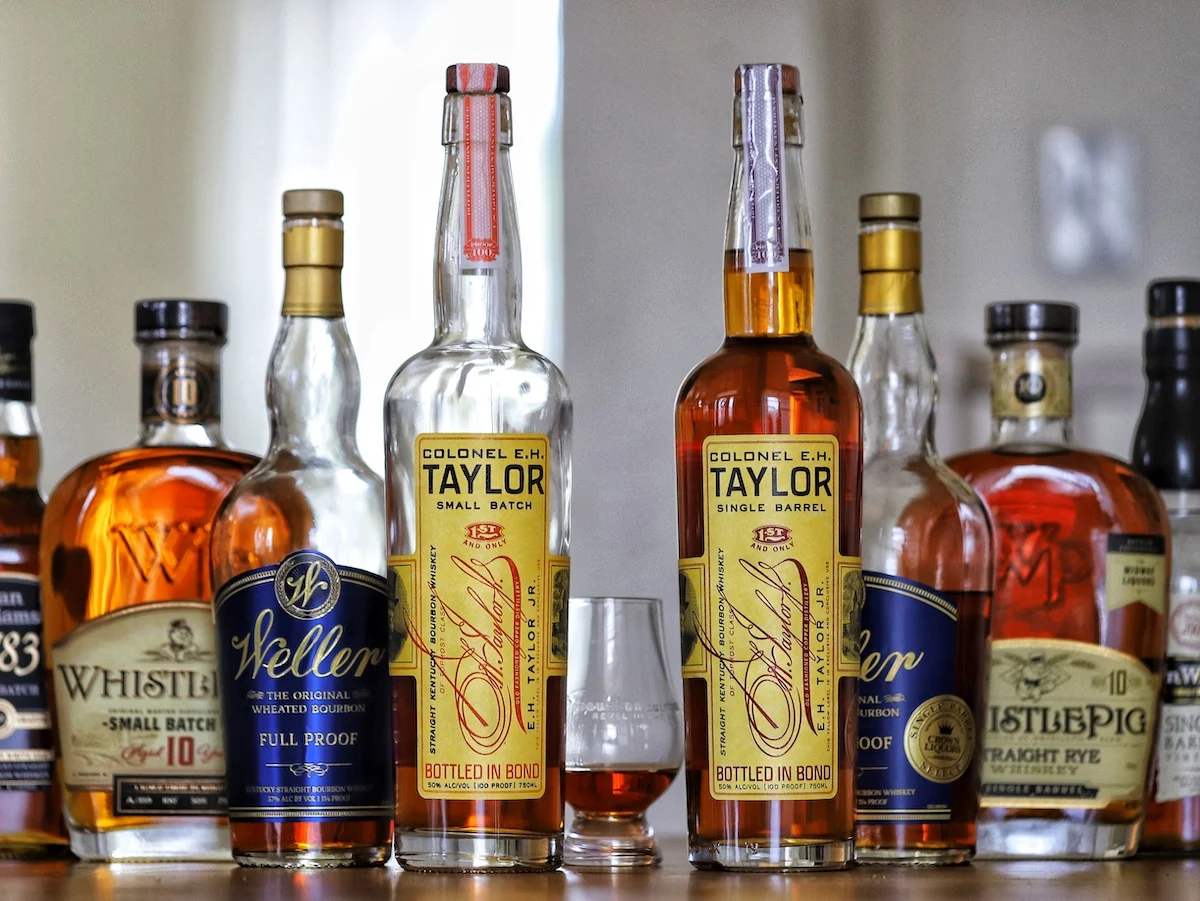| Don't like ads? | No ads |
*Bourbon Culture is reader-supported. When you buy through links on our site, we may earn an affiliate commission.
A question that I’ve been asked more frequently when I talk to people just getting into bourbon is what it means when a bottle of bourbon says it’s a “single barrel” versus one that says “small batch” on the label.
This question is actually much more in-depth than it would appear at face value, so I decided that an article explaining the differences might some of my readers out. Even if you’re a seasoned enthusiast, read on! I might have something interesting to say that you didn’t know.
What does it mean to be Small Batch Whiskey?
It makes sense to start with a look at the term “Small-Batch Bourbon” first. You might be surprised to learn that “Small Batch” doesn’t have a legal definition behind it. Also surprising is how few terms in bourbon are actually attached to a regulation on how they can use that term.
Heaven Hill has put the word “Small Batch” on many of their bourbons for decades now – most famously on bottles like Elijah Craig and Evan Williams. In reality, those small batches are comprised of around 200 barrels, give or take.
Without context, it’s hard to understand if that is small for a batch of bourbon. When I first heard that amount of barrels went into those two Heaven Hill favorites, my first reaction was “that’s not a small batch.” Only later did I realize how large batches can get of truly popular labels.
For instance, there are many products from Jim Beam Distillery, Bulleit and Barton that get dumped into tanks so large that they don’t even keep track of the number of barrels that were added. Instead, those tanks rest on scales that tell them how much the liquid weighs. This is because alcohol expands with temperature changes but the weight always stays the same. This is a much better way of calculating volume.
On the other side of the coin are brands who are using somewhere between 4 and 20 bourbon barrels for their small batches. To me, those seem like the definition of a small batch. But the point I’m trying to make is that unless you’re intimately familiar with your bourbon of choice, you might not ever know how many barrels truly make up the “Small Batch” that their label claims.
Why do we care about bourbon being a “Small Batch” anyway?
A majority of bourbon on the shelf is batched by default. This is because selling every barrel as an individually bottled product would be prohibitively expensive. I’ll explain why that would be expensive in a minute. The reason behind small batching is because whiskey producers know their customers want consistency.
This is the same concept behind chain restaurants. If you like the food from a particular restaurant that’s a chain, you can pretty much expect to like the food at their other locations. This feeling of consistency is something that we take for granted but it’s also something we’ve all grown to depend on. I guarantee if you bit into a McDonald’s French Fry that tasted like one from Burger King, you’d consider never going back to that McDonald’s again.
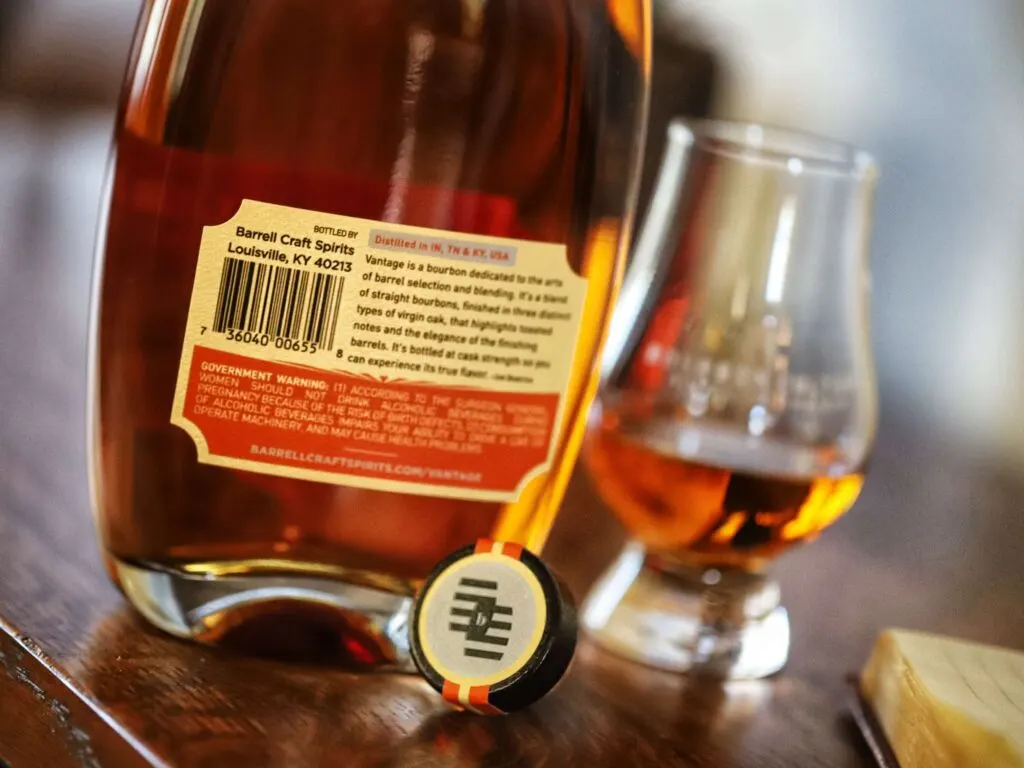
The same is true with distilleries that produce whiskey (or any type of alcohol for that matter). Whether you’re new to the world of whiskey or have been drinking it for decades now, you should be aware that producers create batches of whiskey according to a certain style and taste.
Consumers will only sample so many varieties of whiskey before settling on a brand they find appealing. After that, there’s a good chance they’ll continue to buy that particular kind. This is why the core products on a shelf rarely change.
But how do they make it taste the same every time?
Almost every distillery and producer employs a team of tasters (this is an actual job title). Their purpose is to sample almost every barrel of bourbon and then determine what product it will go into. Blenders are the other part of the equation because they are responsible for blending all of the barrels together while keeping a consistent flavor profile with what the product will be.
What happens if it isn’t? They have a few options. They can add in more barrels to try and correct it or add in different barrels that might contain a flavor that is missing. When you batch together more barrels, blending becomes easier, not harder. Bourbon producers who batch together truly small batches have my respect because they don’t have any room for error. Once your tank is full, you’re out of luck to adjust any more.
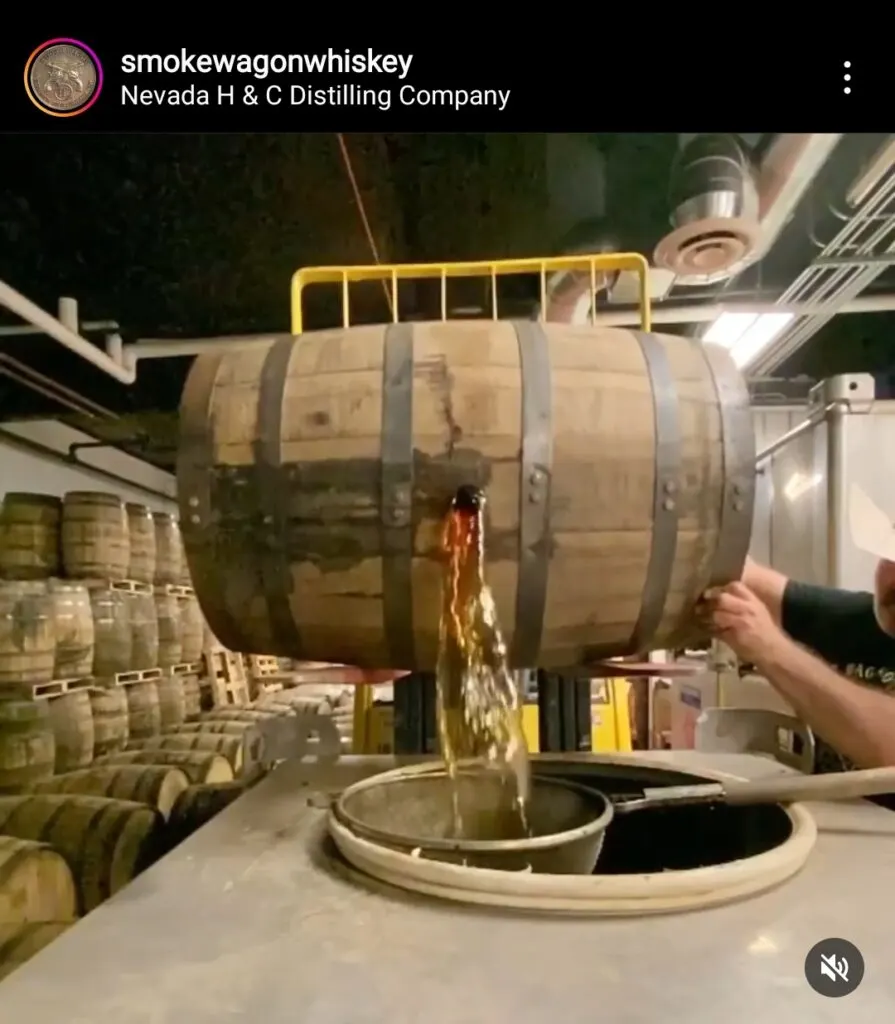
Why do some distilleries choose to blend together such small batches if a larger batch is easier? The simple answer is money. A lot of producers source the bourbon they bottle (i.e. they buy the barrels from a distillery). These kinds of producers typically only have a set amount of barrels to begin with and a small footprint for their operation.
On top of usually having a smaller building means that the tanks they have built to batch together barrels are usually much smaller. If you’ve ever been to your local craft distillery you’ll observe what I’m talking about. So why do larger distilleries like Michter’s still elect to batch their bourbon into 20 barrel batches? It might be because of personal preference.
It’s also what they’ve always done so they might not want to change it. On the very extreme edge of the spectrum was Belle Meade/Nelson’s Green Brier who claimed that their Sour Mash Bourbon is made by batching together only 4 barrels!
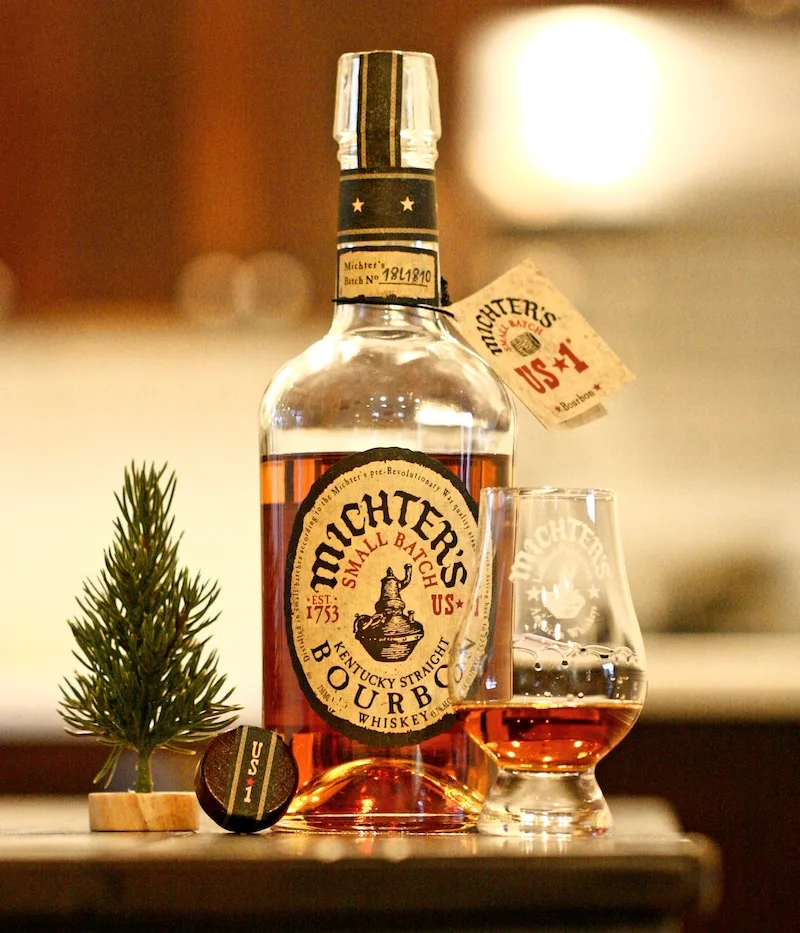
Most of the time, blending together bourbon and putting it into batches is something done behind closed doors. But if you really want to see how it goes down, nobody does it better than Smoke Wagon’s Aaron Chepenik.
He shows (and tells) almost every aspect of how he makes batches on Instagram while also providing great behind-the-scenes knowledge that other producers don’t mention. He uses blending tanks that hold 20 barrels in them and shows how he dumps them straight from the barrel through a fine mesh sieve into the tank. It’s more than just entertainment, it’s mandatory viewing for any enthusiast.
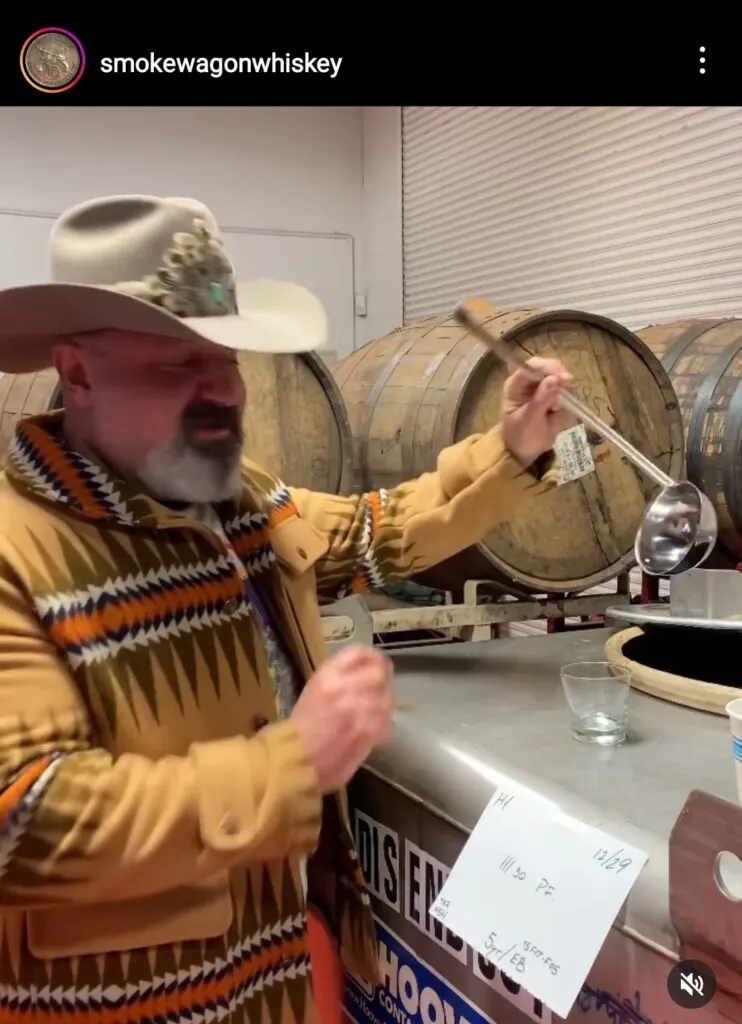
If you are the kind of person who enjoys a consistent experience when drinking your bourbon, you’ll probably want to stick with a large producer who has the people and processes that will guarantee the quality of each batch.
But if you like to live life on the edge and enjoy variety, then you’re going to want to pay attention to my next section where I talk about the infinite possibilities found in Single Barrels. Keep reading because there is just as much to learn!
What does it mean to be a “Single-Barrel Bourbon?”
The one thing that separates whiskey from any other spirit out there is the fact that it has to be aged in a barrel. Actually, “Corn Whiskey” doesn’t have to be aged in a barrel at all, but let’s ignore that for a moment (read my article on why that is). That means that 99.99% of the whiskey you see on shelves today spent time in a barrel..
When you pick up a bottle that says “single barrel” on the label (or single cask, same thing), that means that the contents of the bottle came from only one barrel. Or at least the intent was for it to come from 1 barrel. More on that towards the end!
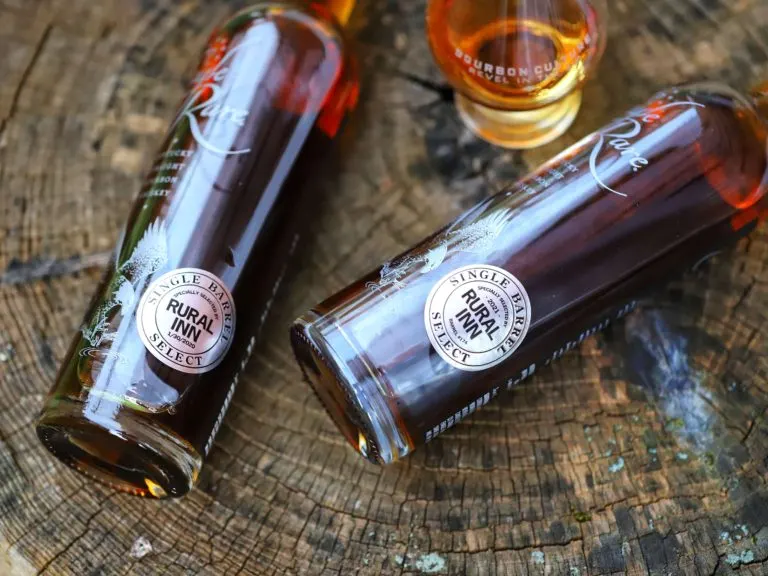
Single Barrel Whiskeys popularity started with Blanton’s back in 1984. Blanton’s wasn’t the first single barrel bourbon sold, but it is perhaps the most famous. The idea was that there were some barrels that were so good on their own that they deserved to be bottled separately of others just to show off.
The thing about creating a product that promises to be one-of-a-kind is that people start to take notice. Those same people then want that product if for no other reason than to not miss out of ever having it.
This is what we call Fear Of Missing Out, or FOMO for short. It’s a term I hear every day in the bourbon community when a new release is announced. Single Barrels became so desirable because they promised something that Small Batch bourbon couldn’t: something different.
The thing about single barrels is that they started out as bourbon that was probably destined to end up in a (Small) Batch anyway. But when the trend of selling them started to heat up, everyone started to set aside barrels that they would sell individually.
This meant that the Master Taster’s out there (or just regular tasters) began to earmark barrels that stood out for their unique traits. Only the cream of the crop was used. But after a the bourbon boom really took off, so many distilleries found demand was outstripping their supply.
And just like that, the processes that were used to find one-of-a-kind barrels were watered down. This kind of thing happens to any hand-crafted product. When it becomes so popular, a decision has to be made to stay the course and leave money on the table or…
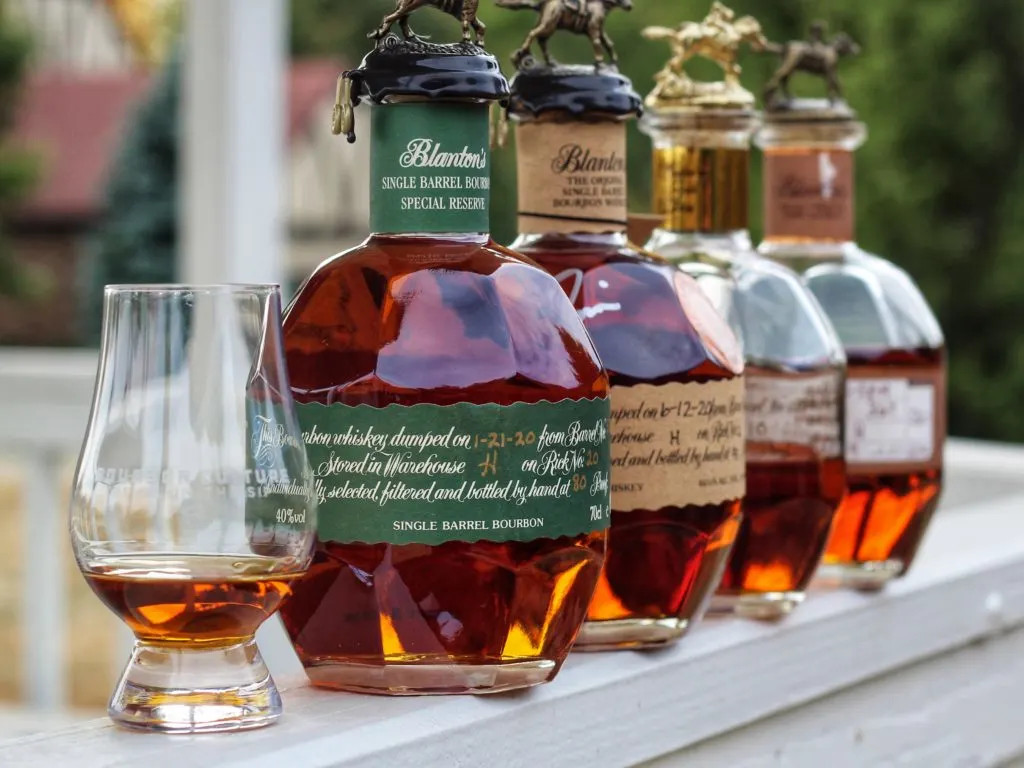
The first thing to go out the window was standards. Blanton’s was special because it used barrels that were aged in a metal warehouse for a very long time. It is well-known that bottles from 1991-1992 probably contain bourbon as old as 16 years.
These days, Blanton’s has seen a big decline in quality. The average age of a barrel is 5 1/2 years and they don’t even care if they’re using barrels from Mash Bill #1 or #2. It’s even been rumored that Blanton’s barrels do not have to spend all their life aging in the legendary Warehouse H, they are rolled in and out after gaining the necessary exposure.
Four Roses Bourbon saw a huge demand for their single barrels too. Their Private Selection Single Barrel Program literally empties an entire rick of barrels and will feed them into their selection program one at a time.
Once that particular barrel is selected by a group, it’s hauled to the bottling line and the next barrel from that rick takes its place. It doesn’t matter if there are bad barrels in the batch because they will eventually get picked. The single barrel you bought in the store last week? There’s a good chance that multiple groups or stores passed over it.
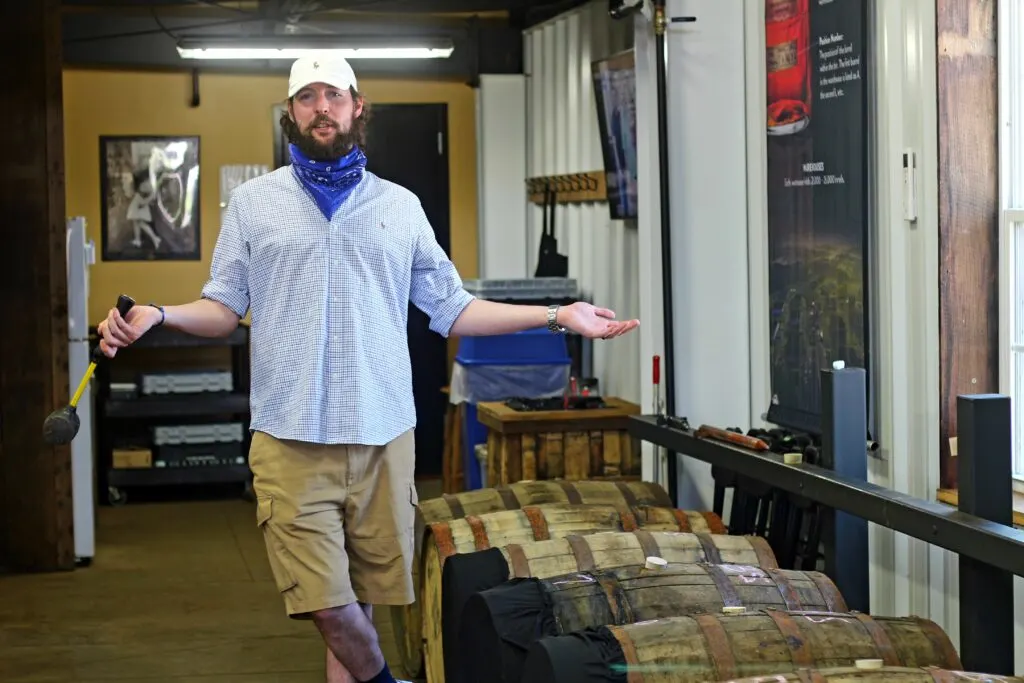
That’s not to say that all Single Barrels are inherently bad either. A lot of them can be absolute stunners. But the one thing they all seem to have in common is that they have a profile that resembles, more-or-less, the batched product they were supposed to go into.
The main difference is that they probably tend to highlight one or two notes especially well. Take the new Elijah Craig Barrel Proof Single Barrels. They are younger than Elijah Craig Barrel Proof (ECBP), but a lot of them have much more vanilla, caramel or spicy flavors than a standard batch of ECBP, maybe even some cherry and fruity notes.
Due to people having different preferences, they will be on the lookout for bottles containing their favorite flavors and are more apt to buy a single barrel that contains it.
Alternatively, there are a lot of people out there (like me) who look for bottles that have off-profile tastes. Beast Master’s is notorious for picking Russell’s Reserve Single Barrels that have a briny pickle taste (I’m not joking!).
Toddy’s Liquor Store in Bardstown is known for picking Russell’s Reserve Single Barrels that taste like Twix candy bars (hence the name “Toddy’s Twix” that he puts on his stickers). I even know of people who look for a specific Grape Kool-Aid flavor that can be found in certain store picks of Eagle Rare.
The bottom line is that the unique flavor tends to be blended away in large batches but will stand out in Single Barrels if you find the right one.
Speaking of Eagle Rare Single Barrels, there was an event that occurred sometime in 2018 or 2019 where Eagle Rare production was halted. The reason was Buffalo Trace Distillery claimed that they could not guarantee that Eagle Rare was a true single barrel product due to the inner workings of their bottling line.
There was a concern that excess bourbon from the previous barrel was still in the filling hoses. That meant that a limited amount of bourbon from the previous barrel was coming in contact with bourbon from the next barrel. How much and to what affect this had on the final product is unknown but it was something they publicly announced they were fixing.
A few months later, Eagle Rare began to flow like normal again and nobody ever spoke of it again. Even Buffalo Trace didn’t elaborate on what they did to fix it. Was this designed to make consumers question other distillery’s practices through virtue signaling their own higher standards?
I tell you this story because I want everyone to be informed that there is a chance your single barrel has a tiny bit of liquid in it from the natural processes of a bottling line. Bottling bourbon in a totally virgin environment seems like an impossible task.
Lines full of liquid and the dumping troughs that funnel it from the barrel to the pumping machines will probably contain a bit of another barrel’s whiskey in it. Taking the time to stop the process and run enough water or cleaning solution through will take too much time – and time is money.
Which one should you choose?
There is no right or wrong answer with deciding to pick a single barrel bourbon or a small batch bourbon. I do have a suggestion for why you may want to pick one or another. I’d pick a single barrel if I was going to give it to someone as a gift.
The reason is because if the recipient is a fan of bourbon, they will understand that what you gave them is probably the only time they are going to get to experience the contents from that one barrel in their entire life.
Even if it’s not as expensive, it’s special and has it’s own unique personality. There’s even a bit of fandom involved where bourbon enthusiasts that go online to talk about their bottles will compare that single barrel to others just like it and argue which is better. It’s really fun.
But if you’re laid back about your whiskey choices and know what you already like, there is no reason to not get the same small batch you’ve always got. It’s dependable and just tastes right. Besides, even if the formulation changes over time (they all have), the blending experts will make sure to make incremental changes along the way so that it’s not noticeable.
Now that you’ve learned the basics, keep an eye out for my next article where I go a little more in-depth on some of the stranger twists of single barrels.
I’ll be going in-depth on the world of single barrels that start out as small batches, single barrels that are actually a blend of two barrels, micro-blends inside of a single barrel and how much you can stretch the definition of “barrel proof” even after adding water inside of a barrel! Until next time, cheers!
Featured Products
- Neat Traveler

- View Larger
- Description:The Aged & Ore Neat Traveler is a complete travel kit for spirits. We combined our widely praised Neat Glass with one of our 3oz Flight Bottles and housed them together in a custom EVA travel case. Perfect for a night away with your favorite pour. The tie
- Bottle Flight

- View Larger
- Description:The Aged & Ore Bottle Flight is a premium set of 4 custom silicone wrapped glass bottles designed to transport and share samples of your favorite spirits. The flight bottles come in a custom EVA travel case that fits perfectly in any small bag. An Aged &
- Travel Bundle
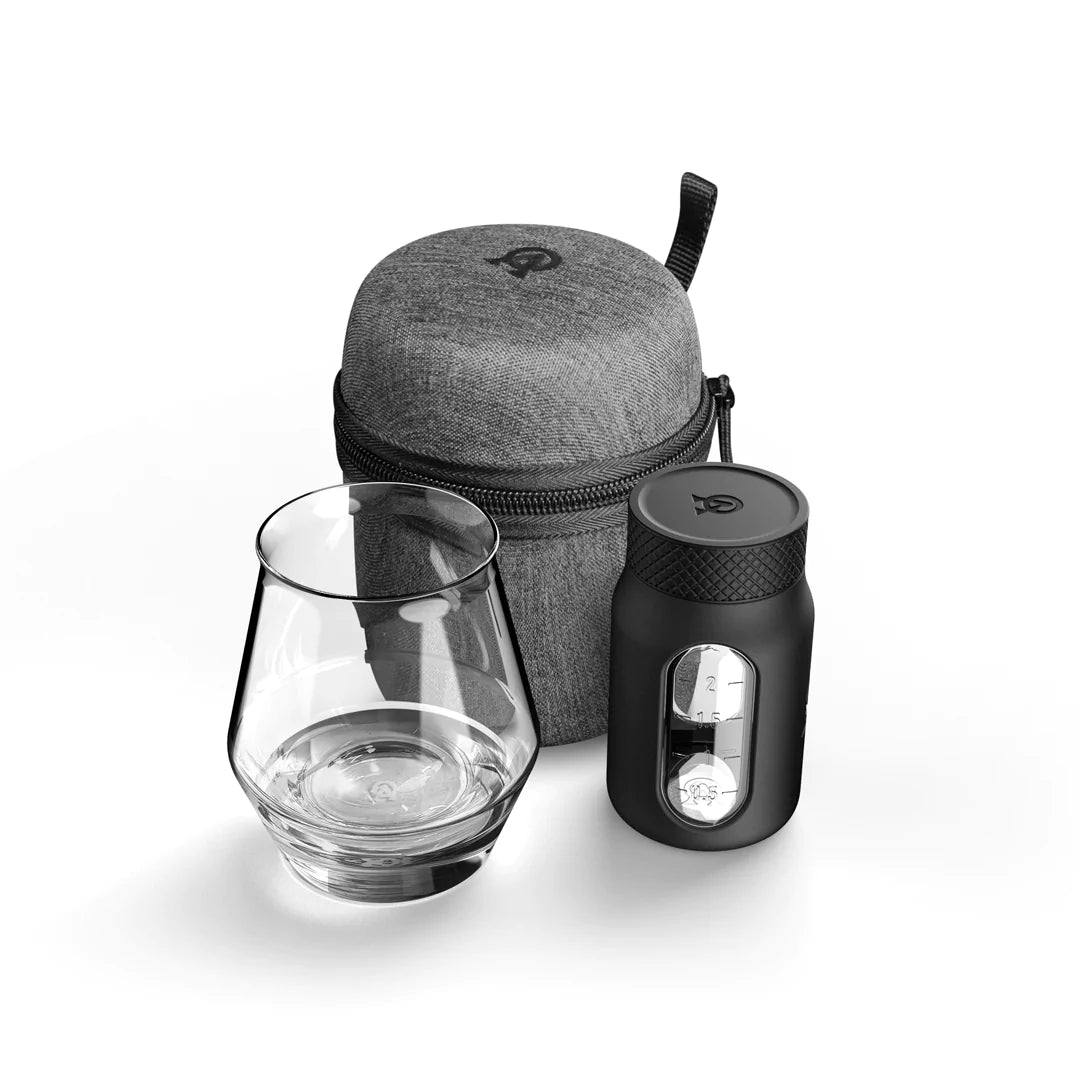
- View Larger
- Description:This Bundle combines two of our crowd favorite products, creating the ultimate travel bundle to bring along your favorite spirits and glassware. Bundle Includes: Neat Traveler (Gray) Bottle Flight (Gray) Note: This bundle is only available in gray and col
*Bourbon Culture is reader-supported. When you buy through links on our site, we may earn an affiliate commission.
